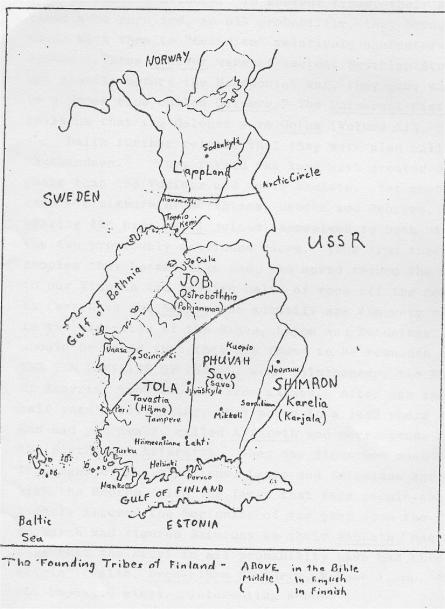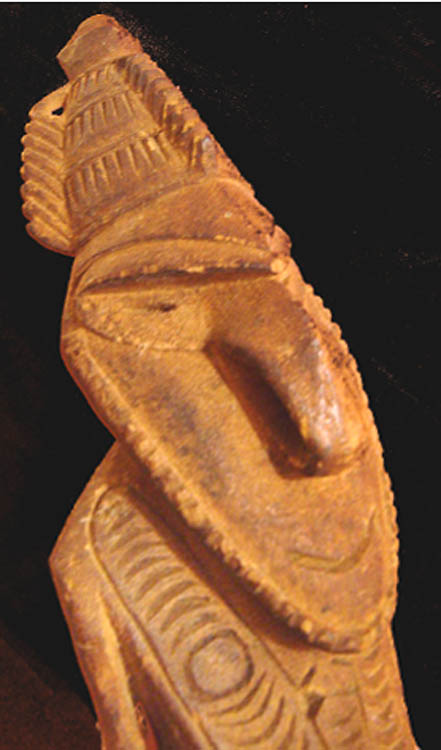ambār /æmbar/ - anbār /ænbar/ - storehouse
xun /khun/ - xin /khīn/ - blood
holla - qolla - [crest of
mountain]
xār /khar/[thorn] - kār /kar/[work]
orsi /rsi:/[shoes]- korsi /k rsi:/[chair]
abr /æbr/[cloud]- babr
/bæbr/[tiger]
sar /sær/[head]- dar /dær/[door]
kol /k l/[slow]- tol /t l/[hill]
par /pær/[feather]- tar /tær/[wet]
Kert? -> ker /ker/[hidden]
Ez a tol /t l/[hill] , magyarul "halom" Amerikában is megtalálható. De nem a toltékok felé, hanem az Andokban.
Hungarian: Halom
A hasonló a hasonlónak örül: Halom szavunk
Catalan: puig
Maori: puke
A szlávok közül elüt:
Bulgarian: hálm
Russian: holm
Halom a perzsában: Hegygerinc
holla - qolla - [crest of mountain]
Mintha a Hold szavunk lenne elrejtve...
Miként láthattuk, a "domb" szavunk az ó-arámi népelemünk hozadéka. (dambaran). Vagy magyar az
ó-arámiban.
Ha netán valaki nem tudná:
Az ó-arámi nyelvben felejtettük a többes szám jelét, a "-k" hangot is! Máshol nem is nagyon látni, csak némi jóindulattal az euskal(d) nyelvben. Mint az elemiből tudjuk, néha mi sem használjuk a "-k"-t.
Pl vad(ak), liszt(ek), mák(ok) /általánosságban az anyagneveknél, gyűjtőfogalmaknál/
Ha valaki továbbgondolja, hogy mikor is beszélték az ó-arámi nyelvet, s mikor találkozhattak a magyarok az arámi néppel...
ChK * tǝłe-"járni" (M 136), U * Tule-"kommen" (UEW 535) = * Tola-"jönni" (S 540). Lit.: Bouda 1952
Pesti István 2012. október
Nyitóoldal
 TOLA
TOLA